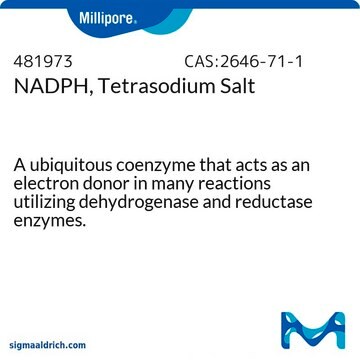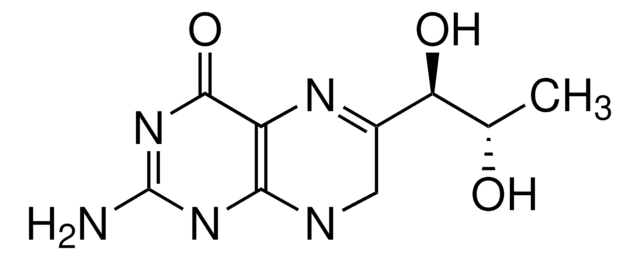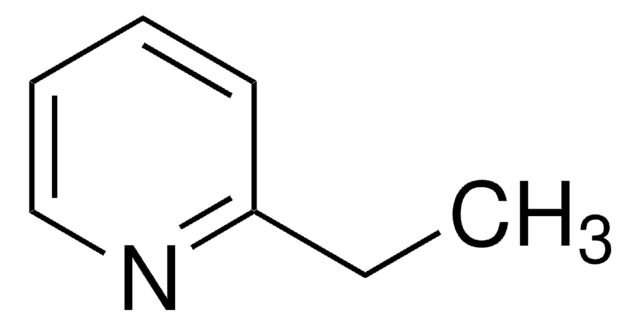D7006
Dihydrofolic acid
≥90%
Synonym(s):
7,8-Dihydropteroyl-L-glutamic acid, Dihydropteroyl-L-glutamic acid, FAH2
About This Item
Recommended Products
biological source
synthetic (organic)
Quality Level
Assay
≥90%
form
powder
color
light yellow to dark yellow-orange
storage temp.
−20°C
SMILES string
NC1=NC(=O)C2=C(NCC(CNc3ccc(cc3)C(=O)N[C@@H](CCC(O)=O)C(O)=O)=N2)N1
InChI
1S/C19H21N7O6/c20-19-25-15-14(17(30)26-19)23-11(8-22-15)7-21-10-3-1-9(2-4-10)16(29)24-12(18(31)32)5-6-13(27)28/h1-4,12,21H,5-8H2,(H,24,29)(H,27,28)(H,31,32)(H4,20,22,25,26,30)/t12-/m0/s1
InChI key
OZRNSSUDZOLUSN-LBPRGKRZSA-N
Gene Information
human ... DHFRP1(573971)
mouse ... Dhfr(13361)
Looking for similar products? Visit Product Comparison Guide
Related Categories
General description
Application
Biochem/physiol Actions
Packaging
related product
Signal Word
Warning
Hazard Statements
Precautionary Statements
Hazard Classifications
Eye Irrit. 2 - Skin Irrit. 2 - STOT SE 3
Target Organs
Respiratory system
Storage Class Code
11 - Combustible Solids
WGK
WGK 3
Flash Point(F)
Not applicable
Flash Point(C)
Not applicable
Personal Protective Equipment
Certificates of Analysis (COA)
Search for Certificates of Analysis (COA) by entering the products Lot/Batch Number. Lot and Batch Numbers can be found on a product’s label following the words ‘Lot’ or ‘Batch’.
Already Own This Product?
Find documentation for the products that you have recently purchased in the Document Library.
Customers Also Viewed
Articles
Cancer research innovations address the complexity of the disease, providing advanced technologies for varied applications.
Biofiles reviews innovative technologies for cancer research, reflecting the complexity of the disease.
Our team of scientists has experience in all areas of research including Life Science, Material Science, Chemical Synthesis, Chromatography, Analytical and many others.
Contact Technical Service













